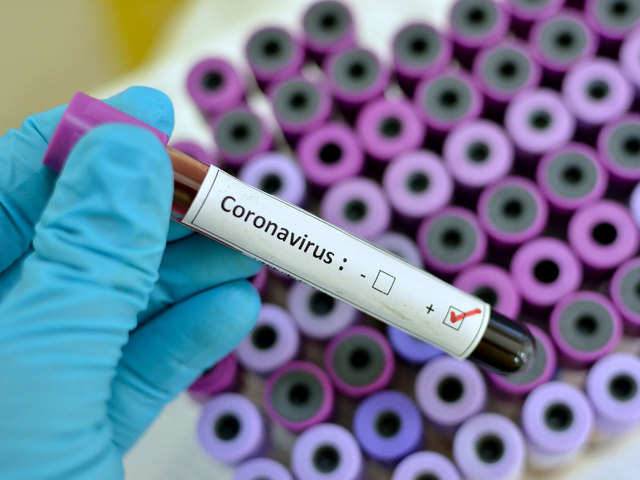A Healthier Tomorrow – COVID-19 – THIS IS NOT A DRILL!
A Healthier Tomorrow – COVID-19 – THIS IS NOT A DRILL!
Imagine a Healthier Tomorrow
By Alison Page, CEO Western Wisconsin Health

I had considered keeping this month’s column light and cheerful; you know, maybe something like, “Top ten things to do while you are quarantined with Coronavirus.” I had a list of great ideas going: Spring clean your garage, finish your kids’ baby books (my kids are all between the ages of 33 and 42, so it is time), or take down your Christmas decorations, for goodness sake! It could have been funny.
But the reality is, there is absolutely nothing funny about this situation. A month ago, when I wrote this column, there were 15 cases of Coronavirus in the US. This week there are more than 250 times that number of cases. Projections are that 40-70% of the US population will be infected. We don’t know how many will die. I can only tell you it will be a lot, mostly older people and people with underlying health conditions. This is not a drill. So, now what?
There is no benefit to looking backwards and asking why some elected officials chose to ignore this impending situation, even going so far as to mock the concern raised by others as being hysteria or a “political hoax.” As disappointing as that behavior has been, we need to live by our Wisconsin motto, FORWARD, and forge ahead. The good news is, we have great people at the Center for Disease Control and the Department of Health and Human Services who have championed action.
So, what is happening now? Our efforts to deal with this pandemic fall into two categories. First, implementation of community-wide mitigation strategies. And, second, preparing our health care organizations for a large influx of patients who will be hospitalized with severe pneumonia.
Community mitigation strategies are very important when a novel virus with pandemic potential emerges. These are nonpharmaceutical actions that persons and communities take to help slow the spread of respiratory virus infections. Community mitigation is especially important before a vaccine or drug becomes widely available. These strategies are implemented once there is evidence of community spread of the virus, meaning a person contracts the illness and they don’t know where or how they got it. The two most important goals for using mitigation strategies in communities are to slow the transmission of disease and to protect individuals at increased risk for severe illness, including older adults and persons of any age with underlying health conditions, and to protect the healthcare and critical infrastructure workforces.
Here is how you can help mitigate the spread of COVID-19: First, stay home if you have any symptoms of COVID-19 (fever over 100.4, cough, or shortness of breath). Second, call your health care provider’s office in advance of a visit. If you may be contagious or are at high risk if you get the virus, your provider will want to manage your care over the phone or computer. Third, limit movement in the community. Don’t go out unless it is essential. Fourth, limit visitors. Fifth, implement personal protective measures (e.g., wash your hands, cover your cough, clean frequently touched surfaces at least daily). Sixth, create a household plan of action in case of illness in the household or disruption of daily activities due to COVID-19 in the community. Consider having a 2-week supply of prescription and over the counter medications, food and other essentials. You do NOT need bottled water. Know how to get food delivered if possible. Establish plans to work from home and ways to accommodate childcare needs. And lastly, know about emergency operations plans for schools/workplaces of household members.
Businesses, churches and schools are already taking action to mitigate the spread of COVID-19. Wisconsin public schools are closed. Businesses are having employees work from home as much as possible. Churches are canceling programs and services. Large group functions are canceled across the country. Next, travel within the United States will be limited and quarantines will be mandated in certain areas.
The second major area of work to address the COVID-19 pandemic is preparing our health care organizations to be able to manage the onslaught of patients that are likely to need hospitalization. Estimates are that 20% of patients with COVID-19 will require hospitalization and about 10% will need to be on a mechanical ventilator. The hard facts are that there are will not be enough hospital beds and there will not be enough ventilators. There may also be a shortage of staff to care for patients as they, themselves become ill. This is why the focus of mitigation efforts is to SLOW the spread of the illness. If we can slow it down, there is hope hospitals can come closer to being able to meet the care needs of the community.
I repeat, this is not A DRILL!
